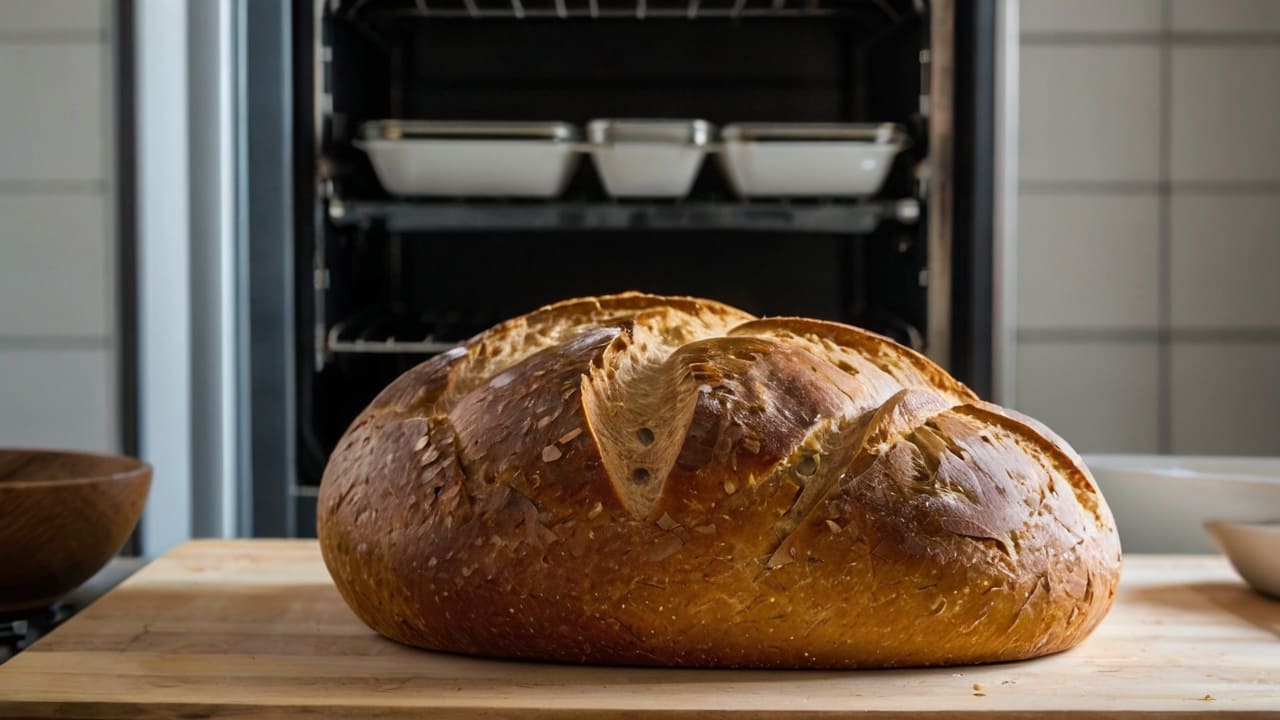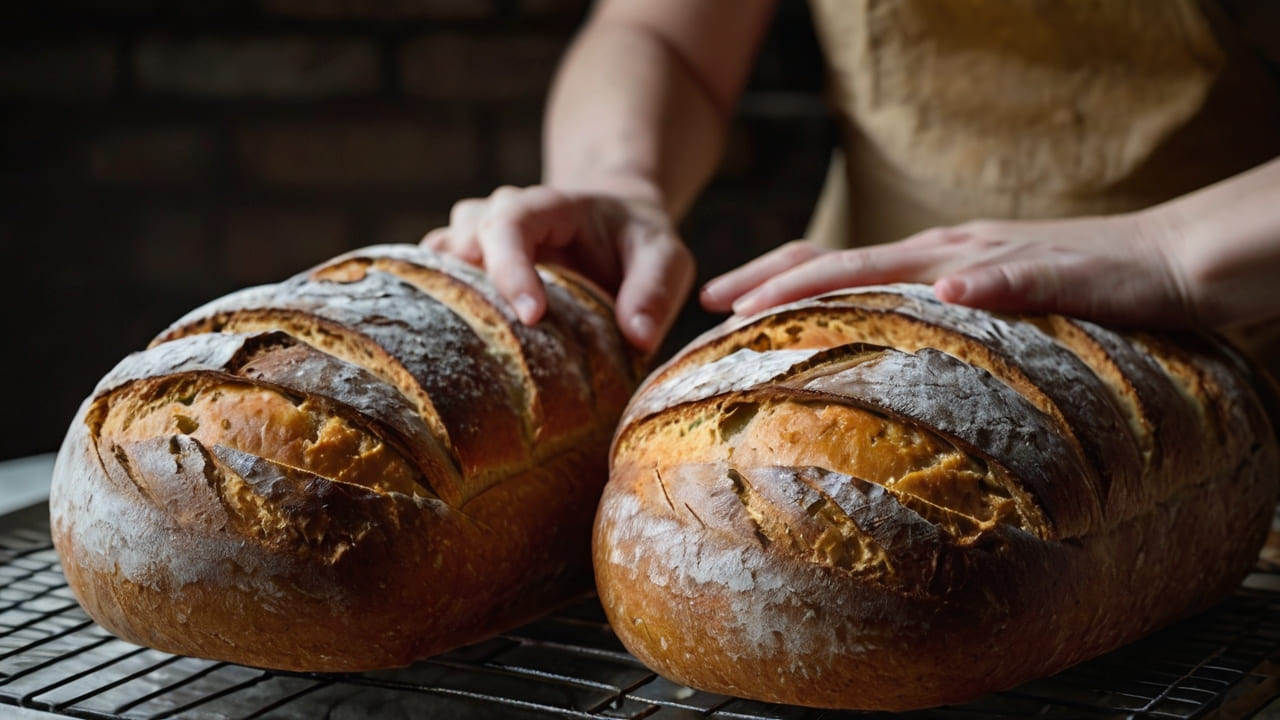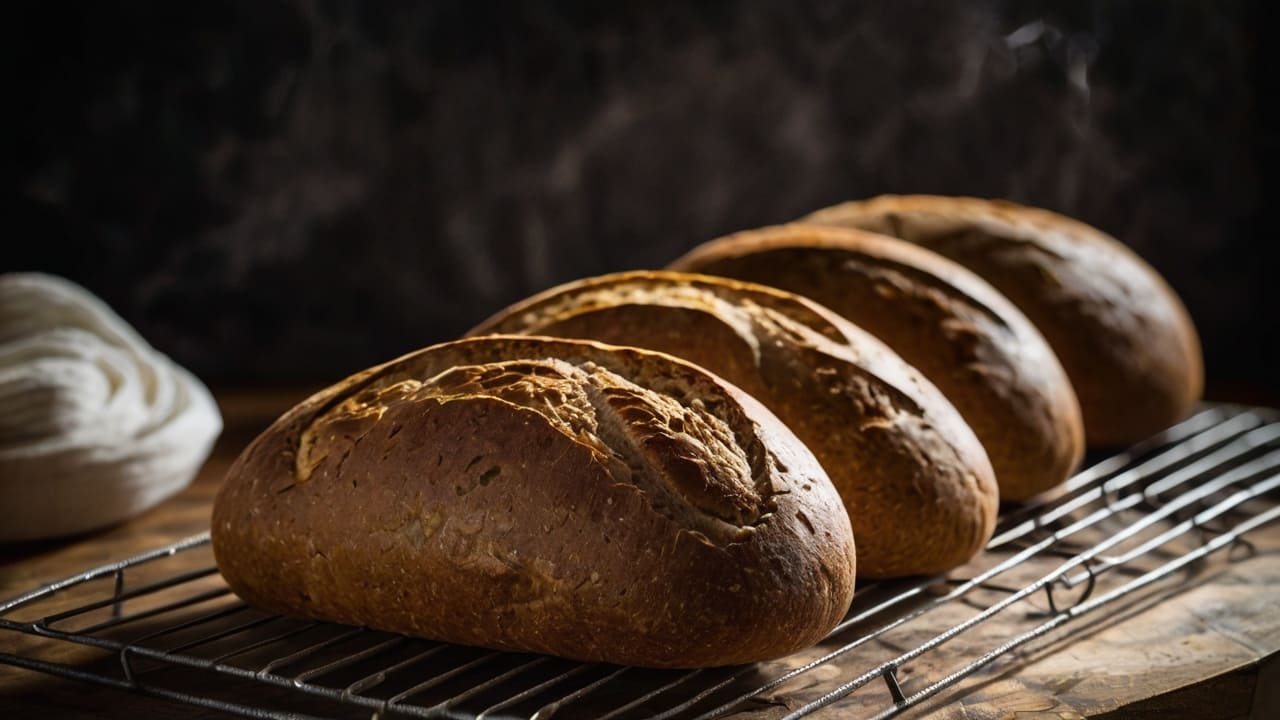
Do Bigger Loaves Take Longer to Bake? Optimal Bread Baking Tips
How much longer do bigger loaves take to bake?

Baking a large loaf of bread can be an art and a science. The loaf size is one of the most crucial factors that directly affects baking time. When you increase the size of the bread, you’re also increasing the mass that the heat needs to penetrate. This inevitably means a longer time in the oven to ensure the entire loaf is baked evenly from crust to core.
Larger loaves can take anywhere from 10 to 20 minutes longer than their smaller counterparts. The exact additional time depends on the specific dough density and hydration levels. When baking at home, it's crucial to monitor not only the external color of your bread but also the internal temperature. A larger loaf may appear done on the outside while the inside remains undercooked. I always recommend using a thermometer—an internal temperature of around 190-210°F (88-99°C) typically signals that your bread is ready.
What temperature is best for baking large bread loaves?

The oven temperature you choose plays a critical role in achieving the perfect crust and crumb for larger loaves. Most recipes for traditional loaves recommend baking at 350-375°F (175-190°C). However, when you scale up the size, it's essential to adjust your baking approach slightly.
If your oven is too hot, the exterior will bake and brown faster than the inside, leading to uneven baking. For larger loaves, a slightly lower temperature, like 325-350°F (165-175°C), can help ensure that heat penetrates evenly throughout the bread. Additionally, this lower temperature helps develop a golden, well-browned crust without burning the exterior before the interior is fully baked.
Ovens vary, so experiment with your settings. Bestbreadmaker has a great selection of tools and thermometers to help with this process, ensuring you get consistent results every time you bake a large loaf.
How do you adjust baking time for larger loaves?

Adjusting baking time for a bigger loaf is not just about adding extra minutes—it’s about balancing oven heat distribution and maintaining the right moisture levels inside the bread. As you increase the size of your loaf, consider increasing the baking time by about 10-20% per additional pound of dough.
Here’s a basic approach: Start by baking your bread for the recommended time for a smaller loaf. Once you hit that time, reduce the oven temperature by 25°F (about 14°C), then allow the bread to continue baking for an additional 10-20 minutes, depending on the size of the loaf. This method ensures that the interior bakes through without the crust becoming too dark or hard.
A quick tip for testing if your bread is done—tap the bottom of the loaf. If it sounds hollow, it’s likely baked through. However, for larger loaves, this method alone isn’t always foolproof. That’s why checking the internal temperature with a thermometer remains the best method.
Does bread size affect baking time?
Yes, bread size absolutely affects baking time. The larger and denser your loaf, the longer it will take to fully cook. When the bread density is higher, heat has to work harder to travel through the mass of the dough, and that takes time. As a result, larger loaves require more prolonged exposure to heat to ensure that they’re cooked evenly from the outer crust to the soft crumb inside.
An important factor is the thickness of the dough as well. If your loaf is particularly thick, the heat may struggle to reach the center in the standard baking time, leading to an undercooked interior. This is especially true for doughs with high hydration, as the extra moisture can slow down the baking process.
When I bake a large loaf, I always ensure to shape it with even thickness, which helps promote even baking. If the dough is too thick, I spread it out more, even if that means reshaping or using a larger pan.
How can I ensure even baking for large bread loaves?
Achieving even baking in a larger loaf is one of the biggest challenges for home bakers. The secret lies in understanding oven heat distribution and using techniques that help balance the heat exposure throughout the loaf.
One method I often use is rotating the loaf halfway through the baking process. Many home ovens have hot spots, which means one side of the bread may brown faster than the other. Rotating the bread ensures all sides receive equal heat.
Another tip is using a baking stone or a preheated cast iron skillet in your oven. These tools help to maintain consistent heat and can support the even baking of larger loaves. You can also place a pan of water at the bottom of the oven to create steam, which helps keep the crust soft during the initial stages of baking, allowing the bread to expand more fully before setting.
Signs of a properly baked large loaf
Knowing when a large loaf is perfectly baked is a skill that comes with practice. One of the key indicators of a well-baked loaf is the development of a deep, golden-brown crust. For larger loaves, achieving this without over-baking the exterior can be tricky.
The internal temperature remains one of the most reliable ways to check for doneness. An internal temperature of around 200-210°F (93-99°C) usually indicates that your bread is fully baked. You’ll also notice that properly baked bread will sound hollow when tapped on the bottom, and the crust will have a firm, crispy texture.
In terms of appearance, a properly baked large loaf will have an even, rich color across the top, with no pale spots. The crust should be firm but not too hard, and when you slice into it, the crumb should be soft and airy without any dense or gummy areas.
FAQ Section
1. How do I prevent my large loaf from becoming too dense?
To avoid a dense loaf, ensure proper fermentation time and avoid overworking the dough. Make sure the dough has risen adequately before baking, as this contributes to a lighter texture.
2. Can I use the same recipe for smaller and larger loaves?
Yes, but you will need to adjust the baking time and possibly the temperature. Larger loaves require longer baking times, and sometimes a lower temperature to prevent the crust from burning.
3. What if my loaf is undercooked in the middle?
If your loaf is undercooked in the middle, try lowering the oven temperature and baking for longer. You can also tent the bread with foil during the last part of the baking process to avoid over-browning the crust while the interior continues to cook.
4. Can I bake multiple large loaves at once?
Yes, but make sure to space them out evenly in the oven for proper air circulation. You may need to increase the baking time slightly when baking multiple loaves.
5. How do I store a large loaf of bread?
Store your large loaf in a paper bag or bread box at room temperature for a few days. For longer storage, freeze the bread in an airtight bag after it cools completely.
This guide should help you confidently tackle the challenge of baking larger loaves. Happy baking!

